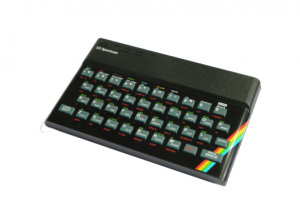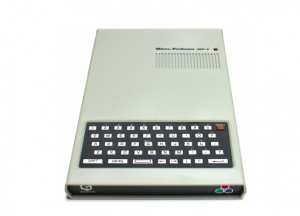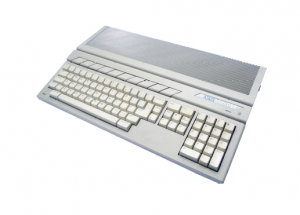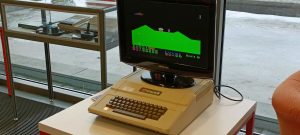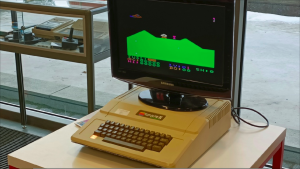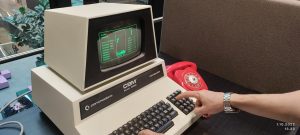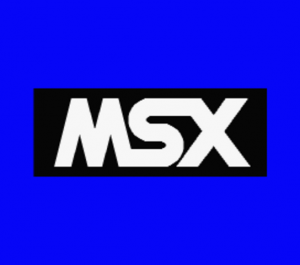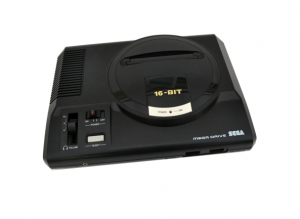Salora’s first effort enter to computer markets
The early 1980s witnessed a surge of personal computers entering the European market, many designed to challenge the rising popularity of British and American systems. Among the more unusual entries was the Salora Fellow, a Finnish home computer produced by Salora, an electronics company better known for televisions and audio equipment. The Fellow was introduced in 1983, during a period when affordable 8-bit machines like the Commodore 64, ZX Spectrum, and MSX were rapidly gaining ground. Salora hoped to capitalize on the growing interest in home computing and provide a domestic alternative for the Finnish market. The Salora Fellow was not an entirely original design but rather a localized version of a computer developed by VTech (Video Technology Ltd.), a Hong Kong–based electronics company. VTech had introduced the Laser 200 (also marketed as the VZ-200 in some regions), an inexpensive Z80-based home computer aimed at beginners and students. Instead of creating a machine from scratch, Finnish electronics manufacturer Salora licensed the design from VTech and rebranded it for the domestic market under the Fellow name. Technically, the Salora Fellow was nearly identical to the Laser/VZ-200, featuring 16 KB of RAM (expandable to 48 KB), a built-in Microsoft BASIC interpreter, simple color graphics, and cassette storage.
Technically, the Salora Fellow was built around the Zilog Z80 processor, a popular choice for many European micros of the era. It featured output to a television set, which aligned it with other budget computers of the time. Its design emphasized affordability, but compared to its international competitors it lacked advanced graphics and sound capabilities. Because of this shared heritage, most of the Fellow’s limited library of software and games was directly inherited from the VTech ecosystem. While marketed as a Finnish computer, the Fellow’s DNA was firmly rooted in VTech’s design, illustrating how global licensing and rebranding shaped the early 1980s home computer market. The Salora Fellow was primarily marketed in Finland, with some limited attempts at distribution elsewhere in Scandinavia. However, it never achieved large-scale popularity. Contemporary estimates suggest that only a few thousand units were sold before production ceased, making it more of a curiosity than a mass-market contender. Finnish consumers quickly gravitated toward the Commodore 64 and MSX machines, which offered broader game libraries and international support.
Finnish technology magazines and newspapers received the Fellow with cautious optimism but also skepticism. Some reviewers praised the idea of a Finnish-made computer, highlighting its educational value and low price. However, the limited software ecosystem, modest specifications, and lack of international traction led critics to conclude that it could not compete with more established brands. As the 1980s progressed, the Fellow was largely forgotten, overshadowed by global competitors. The Salora Fellow remains a small footnote in the history of Finnish computing. It was an attempt to enter the booming home computer market, it offered basic features and modest educational potential but failed to build a sustainable user base. With only a few thousand units sold and limited press enthusiasm, it disappeared quickly, remembered today mainly as a symbol of Finnish ambition during the formative years of personal computing. Just few years later, Finnish IT-industry was able to create world wide success in mobile phones.



